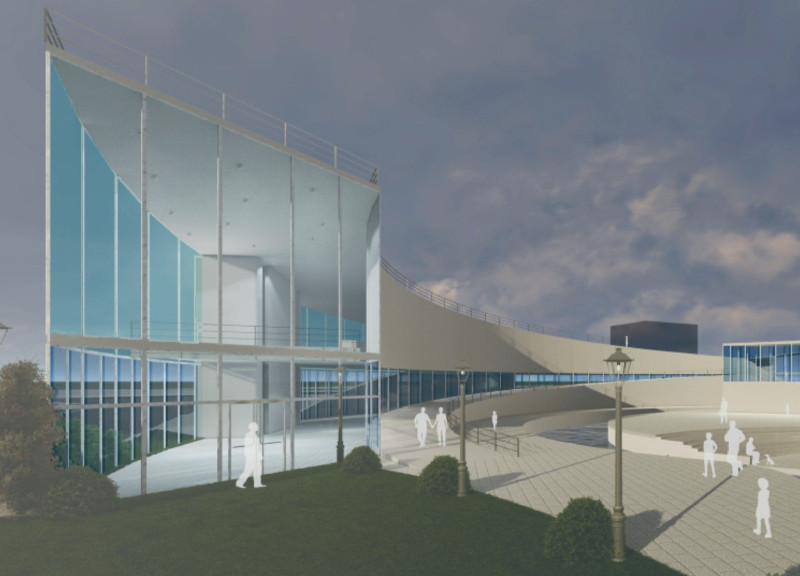5 key facts about this project
The Milan Navigli Canal Project represents a comprehensive urban redevelopment initiative along the historic Navigli Canal. It aims to enhance the functional and recreational attributes of the area by integrating architecture and landscape design. The project’s focus is on creating accessible public spaces that facilitate social interaction while honoring the canal's historical significance. Key components include open parks, cultural facilities, and pedestrian pathways that connect various neighborhoods, fostering community engagement.
The project includes several important elements designed to elevate the user experience and environmental quality. The Navigli Canal Park serves as the central green space, providing a recreational area that encourages activities such as walking, cycling, and social gatherings. This landscaped area enhances biodiversity and provides a habitat for local flora and fauna while promoting ecological health. An open library and museum create cultural nodes within the park, reflecting the multifunctionality of contemporary urban spaces. These buildings utilize natural light and offer views of the waterway, blurring the boundaries between indoor and outdoor environments.
One of the unique aspects of this design is its emphasis on integrative architecture. The project effectively merges built and natural elements, using materials like glass for transparency, concrete for structural support, and natural stone for aesthetic continuity with the historical context. The inclusion of green roof systems not only optimizes energy efficiency but supports biodiversity, reinforcing the project's commitment to environmental sustainability. The architectural designs encourage fluid movement between spaces, making it easy for visitors to flow from one area to another, thereby enhancing accessibility and engagement.
Overall, the Milan Navigli Canal Project embodies a holistic approach to urban design, creating a vibrant public realm that respects historical context while addressing modern needs. To explore detailed architectural plans, sections, and ideas, readers are encouraged to examine the project presentation further.






















































